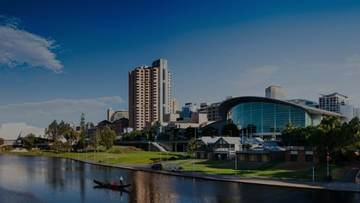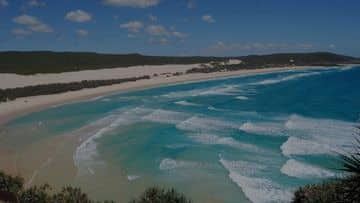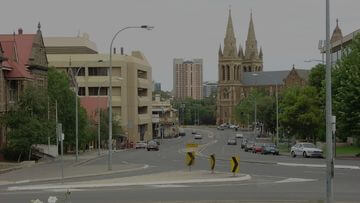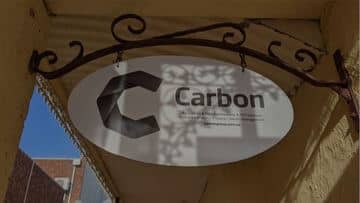Table of Contents
What Is A Self-Managed Super Fund (SMSF)?
There are several rules you need to comply with to buy a property through your SMSF. The property must:
- Not be obtained from a relative of a member
- Not be resided in by a member of the fund or a member’s related parties
- Not be rented by a member of the fund or any of their related parties
- Pass the ‘sole purpose test’ of only providing fund members with retirement benefits
If you choose to purchase a property through an SMSF, the fund must be used to pay 15% tax on the property’s rental income. For properties owned over a year, the fund will benefit from a third discount on any capital gain it makes after selling, reducing your capital gains tax liability to 10%.
How To Buy Property With An SMSF
If investing your retirement savings in an investment property is appealing to you but you don’t have enough saved in your super to do this, SMSF Borrowing could be the perfect solution. As long as you meet the conditions listed above, you can use your SMSF to invest in property under a Limited Recourse Borrowing Arrangement (LRBA).
Using an SMSF can increase your property investment options significantly. You will also pay fewer Capital Gains Tax (10%), have the chance to speed up the growth of your retirement savings and be able to maximise your capital growth, as you can use your rental income to fund further property investment.
Benefits of Buying Property in an SMSF
Buying property through a Self-Managed Super Fund (SMSF) comes with several strategic advantages for investors looking to grow their retirement savings. Some of the key benefits include:
- Tax efficiency: Rental income is taxed at just 15%, and capital gains tax is reduced to 10% if the property is held for more than 12 months.
- Greater investment control: You have full oversight of how your superannuation is invested, including property selection.
- Leverage through borrowing: SMSFs can borrow to invest in property under a Limited Recourse Borrowing Arrangement (LRBA), allowing you to access higher-value investments.
- Wealth-building potential: Property purchased through an SMSF can help accelerate the growth of your retirement nest egg through capital growth and rental income.
- Diversification: Adding property to your SMSF portfolio helps balance risk by diversifying beyond shares and managed funds.
Is It Worth It?
Legally, there is no minimum balance required in your SMSF to purchase an investment property, but experts recommend having at least $200,000 available. The amount of money you require may not be fixed but having a sufficient deposit will cover the operating costs and initial fees required to run the property and the SMSF.
To purchase a residential property for your SMSF, it’s recommended for you to have at least 20-25% of the property value set aside as a deposit, as well as an extra 5% to cover the costs of finalising the purchase. To purchase a commercial property for your SMSF, a deposit of at least 30% is required, plus 5% to cover the cost of completion.
How Much Money Do I Need In My SMSF To Buy A Property?
While you can use your SMSF to purchase a residential property, you are not permitted to live in that property while you are still employed, but you can rent it out as an investment property. You are also not permitted to rent the property to any other member of the fund or a relative of any members of the fund.
This rule applies to properties purchased using funds from an SMSF, and properties registered in the name of the fund. This restriction is in place because the sole purpose of superannuation is to support you during retirement.
Can I Live In A House Owned By My SMSF?
While you can use your SMSF to purchase a residential property, you are not permitted to live in that property while you are still employed, but you can rent it out as an investment property. You are also not permitted to rent the property to any other member of the fund or a relative of any members of the fund.
This rule applies to properties purchased using funds from an SMSF, and properties registered in the name of the fund. This restriction is in place because the sole purpose of superannuation is to support you during retirement.
Can I Live In My SMSF Property When I Retire?
If your SMSF still owns the property, you can not live in it when you retire. However, once you start receiving regular retirement income from your SMSF, you can sell your existing home and put the proceeds into your SMSF. You can then arrange for the title of the property to be switched to you for you to reside in, as you have purchased your retirement property from your superannuation fund.
Contact Our Experts
At Carbon, we know that SMSF regulations can be complicated, which is why we offer strategic fund administration and specialist advice that Brisbane, Perth, Melbourne, Adelaide and Sydney locals can rely on. To learn more, give our team a call on 1300 454 174 or use the contact form and start planning your worry-free retirement today.





















